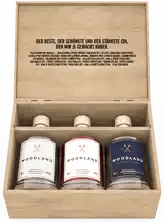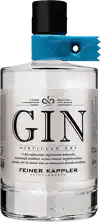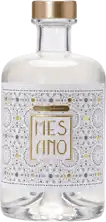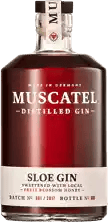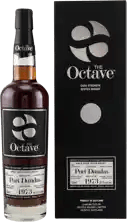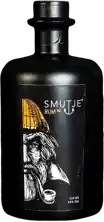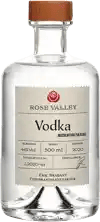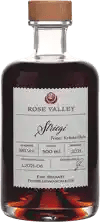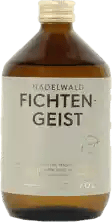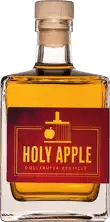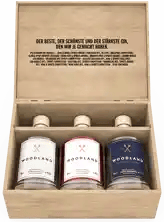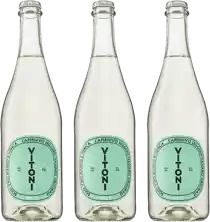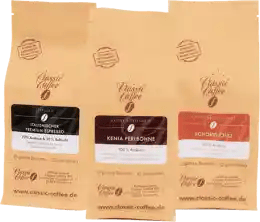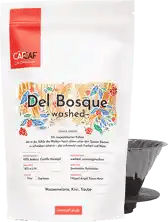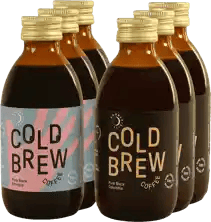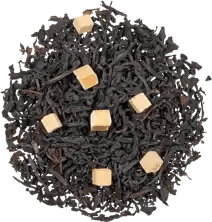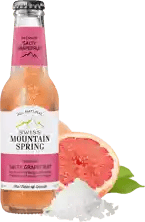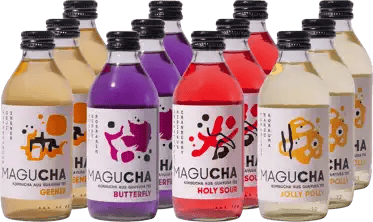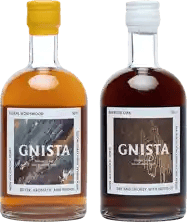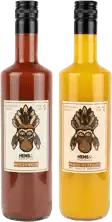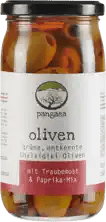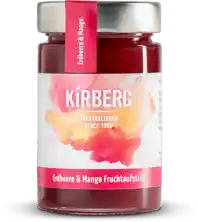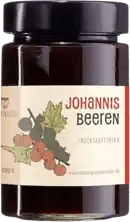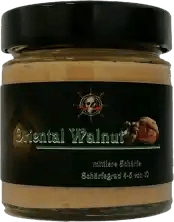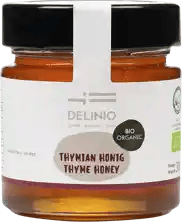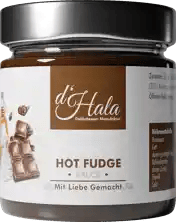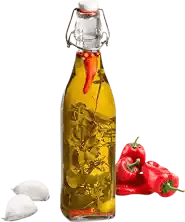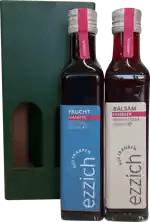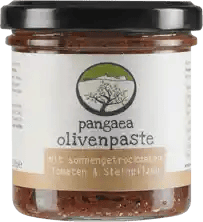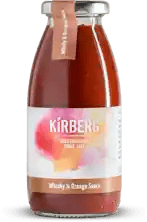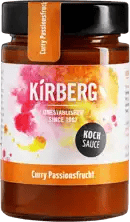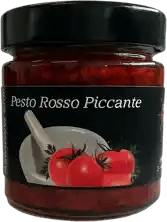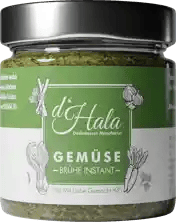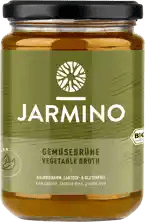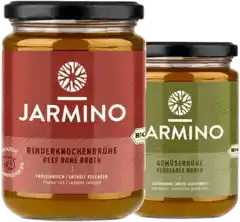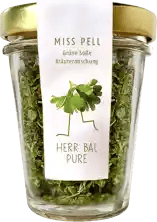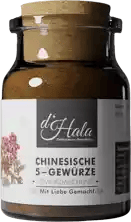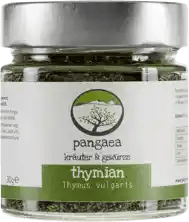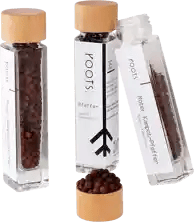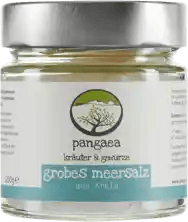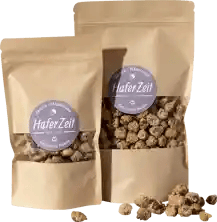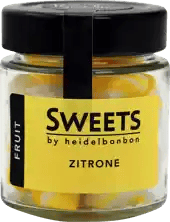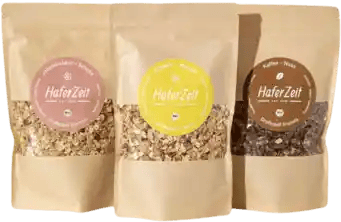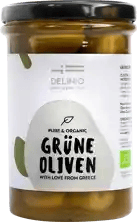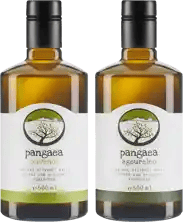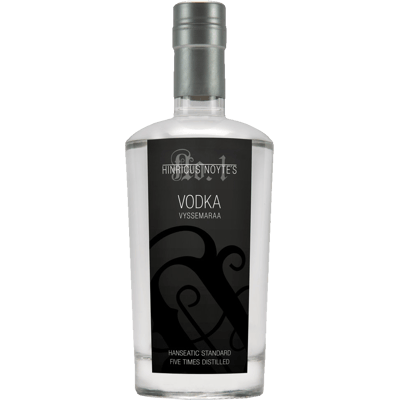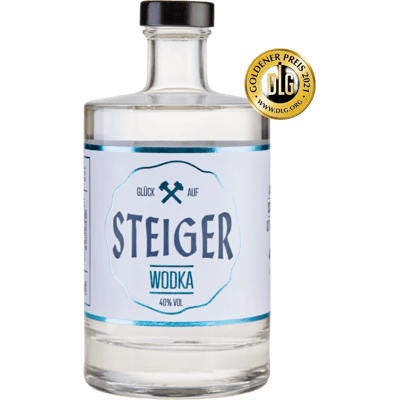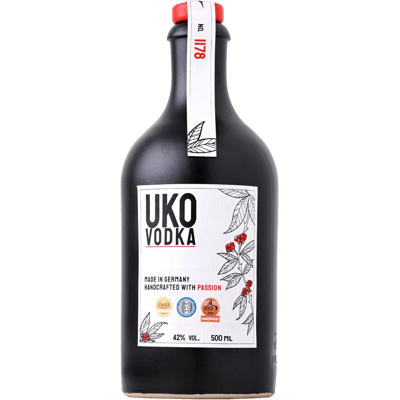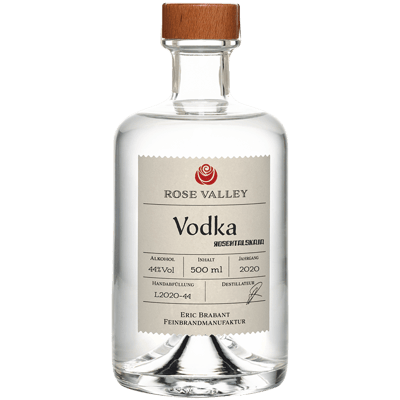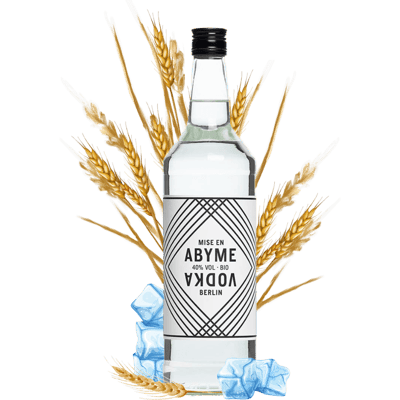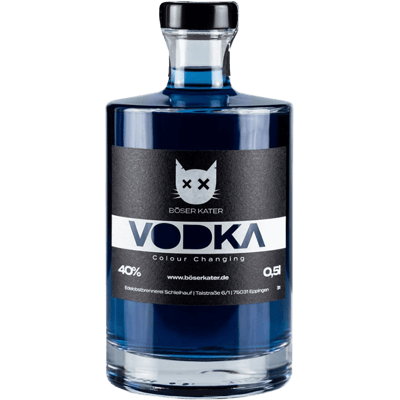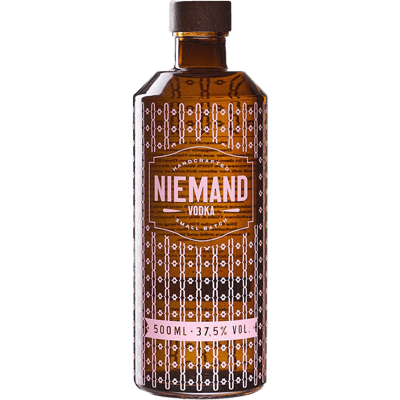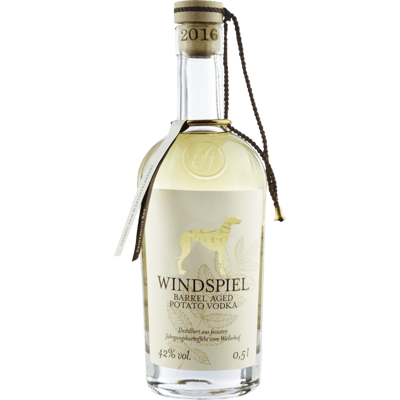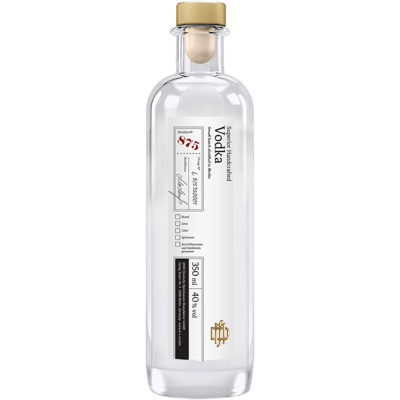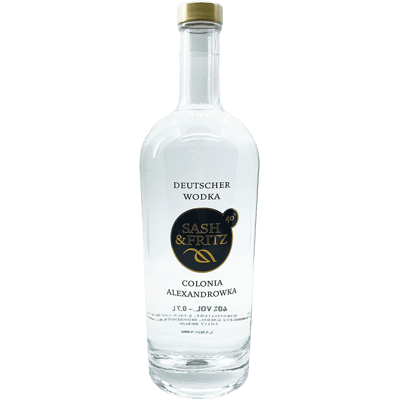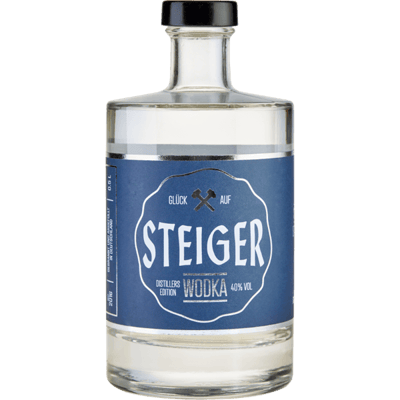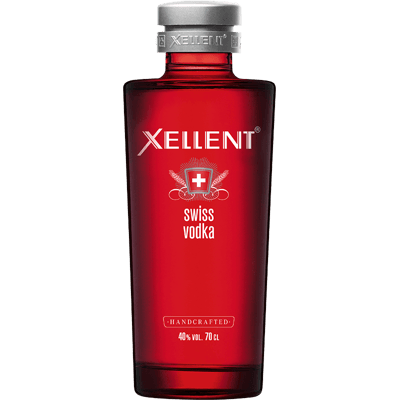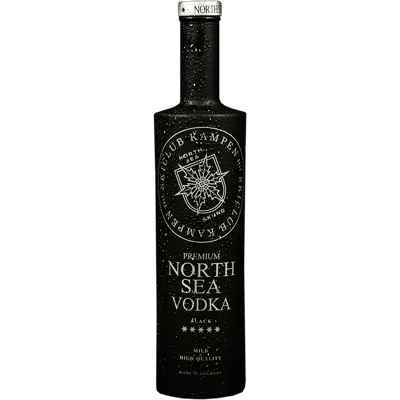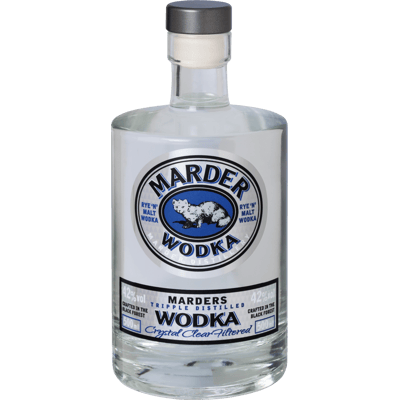Quality instead of quantity!
7,000 independent products
No mainstream
7,000 independent products
What is vodka and how is it made?
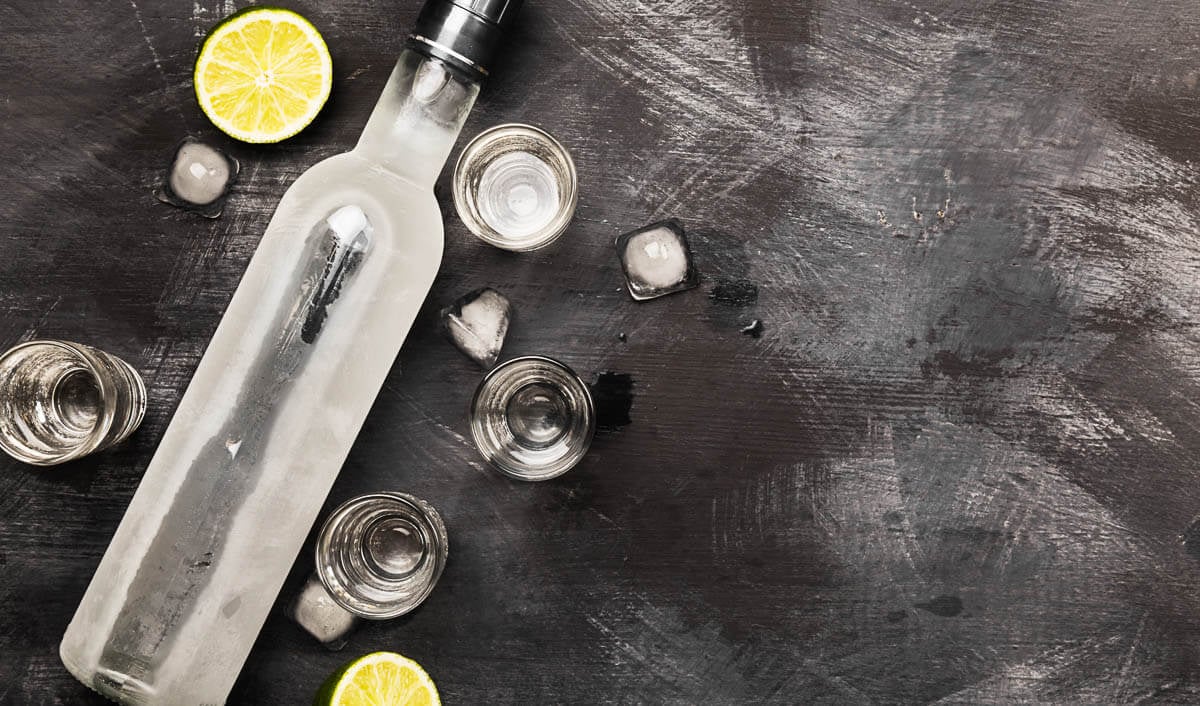
The most important facts summarized for you:
- Vodka is a spirit - the liquor with a rather neutral taste has a clear color
- The alcohol content is usually 40 percent by volume
- Vodka is mainly made from grain, and is primarily distilled from rye
- It is suitable for drinking neat when chilled, but is also a popular ingredient in mixed drinks
Where does vodka come from?
When you think of vodka, you probably think of Russia. In fact, the question of its origin is not so easy to answer. The first written mention of vodka is actually found in Poland in 1405. While the Polish story assumes that vodka gradually spread to Russia, the Russian story claims that vodka came to Poland from Russia - where it was first mentioned in writing.
Even if the origin of vodka cannot be conclusively clarified, the cause can be named with certainty: The reason for the emergence of vodka was a large surplus of rye, so the inhabitants were naturally interested in a special use for the grain. However, the vodka of the time was only half as strong as it is today.

Whether vodka originally comes from Poland or Russia cannot be clarified exactly
The name is derived from the Russian word for water. Vodka, also known in the spelling vodka, means "little water". In Poland, Russia and other Eastern European countries, vodka is considered the national drink.
The basis for vodka production is predominantly grain. Potatoes and other raw materials with a high carbohydrate content are also suitable for distilling. There are therefore vodkas made from potatoes, rye, wheat, barley, corn or rice. Distillation from molasses, a by-product of sugar production, is also possible. Be careful, this product is very cheap, but not a real treat!
What does vodka taste like?
Vodka has a neutral taste - this is a particular characteristic of the spirit. Depending on the raw material, however, slightly pronounced aromas are perceptible. Vodka made from grain is soft and mild; special flavor notes can only be detected in a few exceptions.
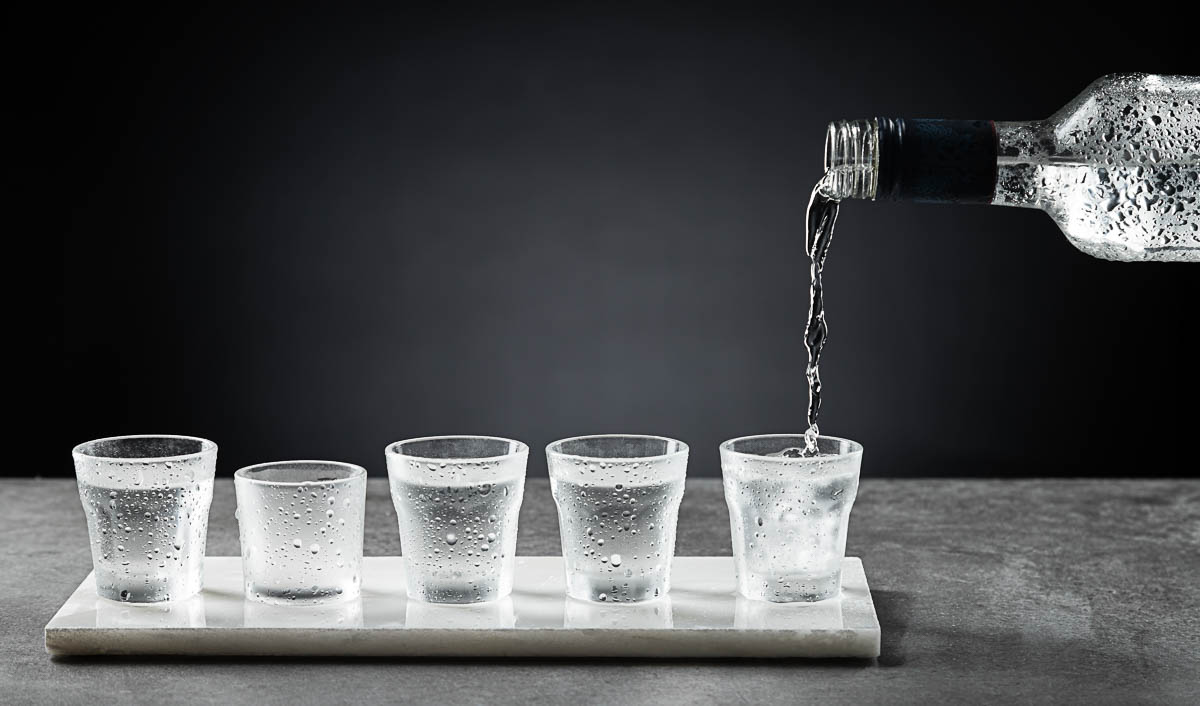
Vodka has a very mild to neutral taste - but is still often drunk neat
Vodka made from potatoes is heavier and has a slightly sweet taste. The use of rice is mainly common in Asian countries. The taste of such vodka is neutral and mild, but then a slight spiciness and subtle sweetness are added.
How is vodka made?
Production begins with the production of the so-called mash, similar to the brewing of beer. The raw material is crushed and mixed with water. If rye or other grain is used, it must be crushed and malted. Malting produces enzymes that set the fermentation process in motion. If potatoes are used as a raw material, these enzymes must be added separately. The mash is then heated to activate the enzymes.
In the next step, yeast is added to the mash. This starts the fermentation process. The sugar contained in the mash produces alcohol with a content of around six to seven percent by volume. This is followed by distillation, which produces raw alcohol.
Distillation is repeated several times in a continuous process, after which the distillate is filtered. The more often the vodka is distilled, the better the quality generally is. Filtering is done by pumping the distillate through columns of activated carbon. There are also biological, physical and electrical processes to remove undesirable substances such as fusel aromas and impurities.
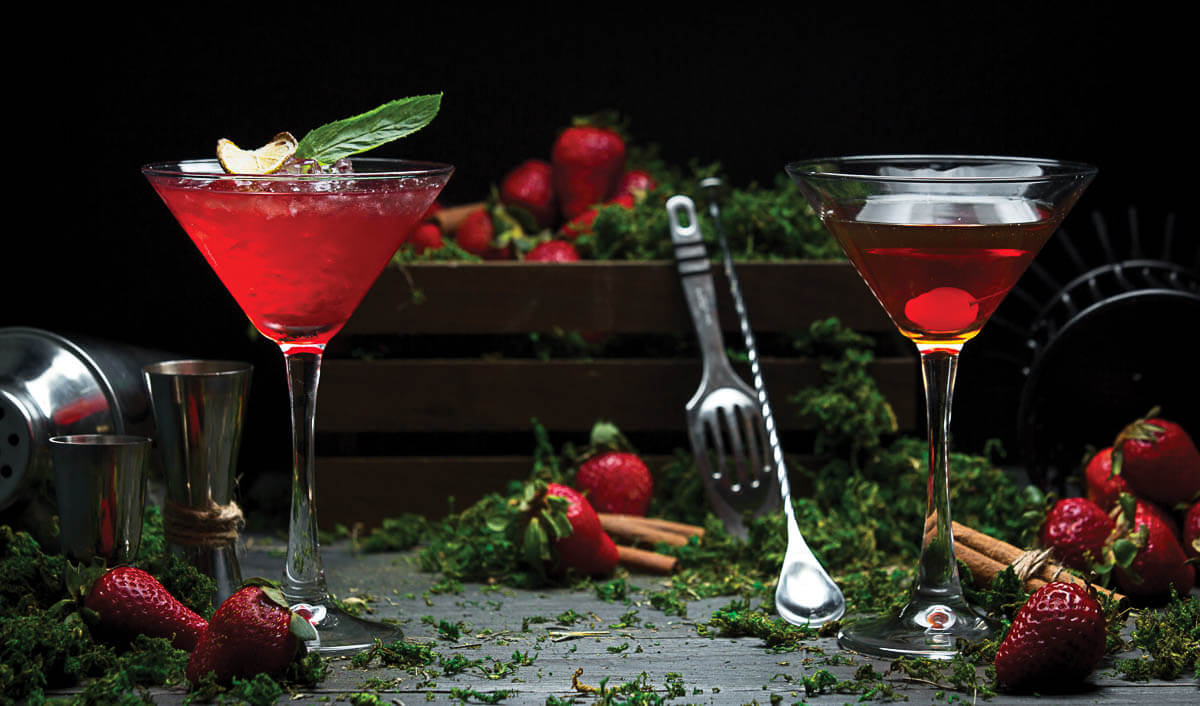
Vodka is also often used in cocktails such as the Cosmopolitan
Finally, the distillate is passed through fine-pored filters, which filter out any suspended particles. The result is a clear vodka consisting of ethanol and water. The filtering is crucial for the neutral taste. Vodka production is comparable to the production of grain brandy. However, there is an important difference when it comes to filtering: grain brandy can be filtered, but this is not absolutely necessary. Filtering is indispensable in vodka production.
The distillate does not need to mature, but can be drunk immediately. Depending on the desired alcohol content, the producer blends the vodka with water. The usual alcohol content is between 37.5 and 40 percent. There are also higher-proof varieties with an alcohol content of up to 56% by volume. For pure enjoyment, however, the alcohol content should not exceed 45%. There are also vodkas with special additives, for example with fruit extracts.
What are the main types of vodka?
Rye vodka
- Mild, pleasant taste
- Fine, slightly sweet nuances recognizable
- Triple or quadruple distilled
- Alcohol content usually 40 percent by volume
Wheat vodka
- Neutral taste, very mild and round
- Virtually odorless
- Slight bitter note possible in the finish
- Distilled 3 times
- Alcohol content usually 40 percent by volume
Buy high-quality vodka
Potato vodka
- Velvety mouthfeel
- Slightly sweet potato note perceptible
- Pleasant smell
- Distilled 3 times
- Alcohol content is 40 percent by volume
Rice vodka
- Complex taste, slightly sweet and fruity
- Floral aroma
- Made from hulled and polished rice
- Distilled several times
- Alcohol content is 40 percent
Flavored vodka
- Enriched with fruit extracts
- Variants available with tea or coffee flavors
- Also available with spice flavors
- Suitable for cocktails
- Alcohol content is between 35 and 40 percent by volume
How do you drink vodka?
It tastes excellent neat. The taste is more intense at room temperature and connoisseurs prefer it well chilled. However, do not put ice in the glass, instead store the glass in the freezer beforehand. The typical vodka glass holds 100 ml, but it is only filled halfway. And then: on the rocks!
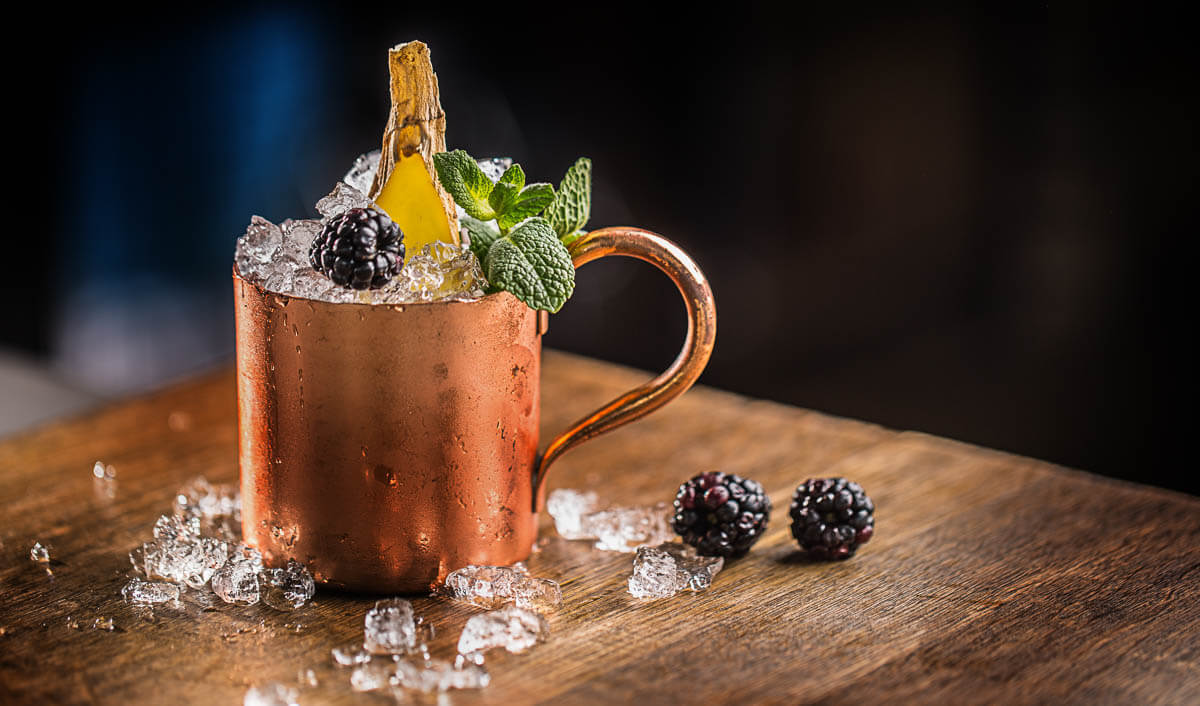
Another classic cocktail with vodka is the Moscow Mule
Vodka is also ideal for mixing. Classic mixed drinks and cocktails include the White Russian, Cosmopolitan, Moscow Mule and Vodka Lemon. But newer variants are also very popular, such as the cocktail Sex on the Beach. The world-famous Bloody Mary is considered by many vodka fans to be an elixir of life, also suitable as a hangover killer and pick-me-up!
Have we piqued your curiosity about vodka enjoyment? Then take a look here and discover your favorite vodka brand! To the vodka range
Matching products to the article
Recent articles
-
24 JulDrinks advent calendar: The best gin, whisky & beer calendars for the pre-Christmas period
-
24 Jul"The quality of Languedoc wines simply amazed me" - An interview with two noses for wine
-
10 JulLimoncello - All about the Italian lemon liqueur
-
10 JulAll about lemonade - a world-famous classic
-
18 JunMarder Edelbrände: Germany's best single malt whisky
-
06 JunEuro 2024: Beer, soccer and singing!
-
06 JunThe 11 best gins for the 2024 European Championship summer
-
29 MayThe art of fermentation: discover the amazing benefits for your health
-
28 May"It sounds crazy, but it tastes fantastic!" - Interview with a pizza chef
Brilliant!

Bitte bestätige deine Anmeldung noch eben - du hast eine Bestätigungsmail von uns. Klicke darin auf den Link. Danach bekommst du deinen Rabattgutschein.


